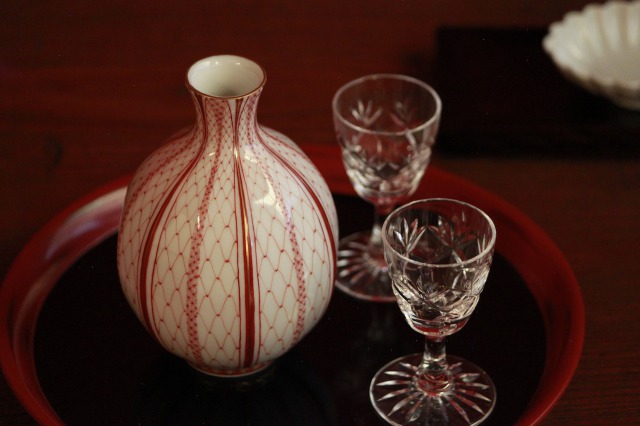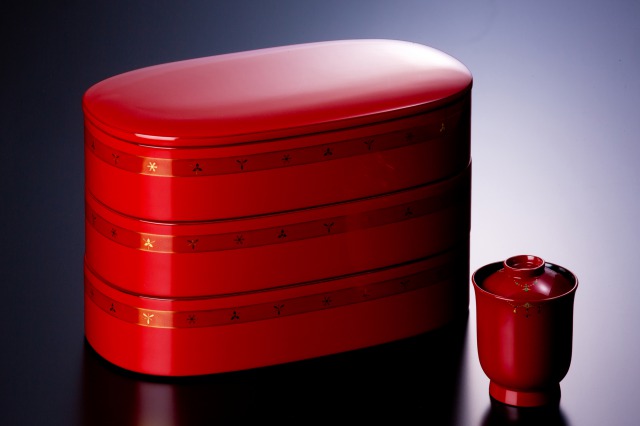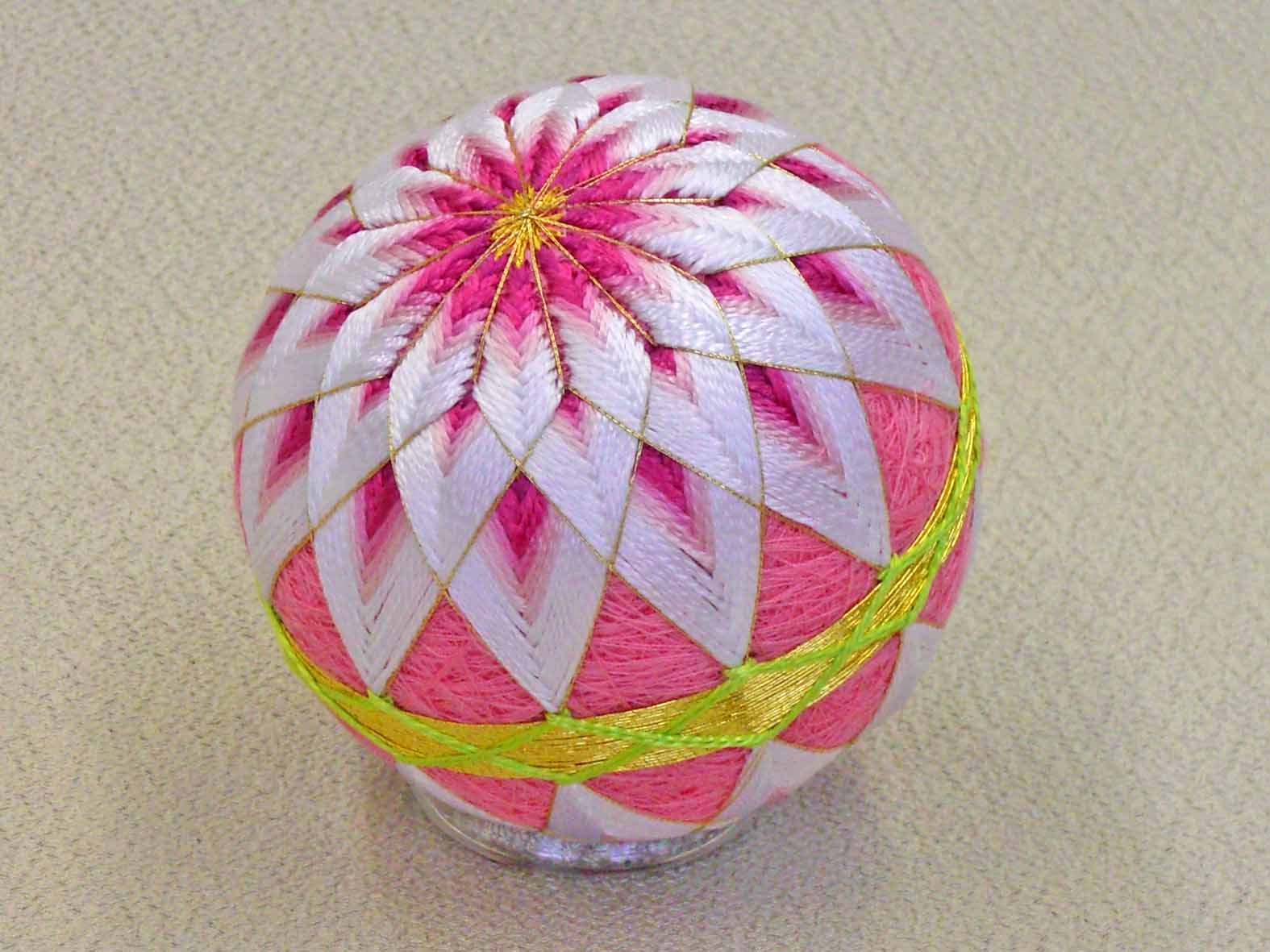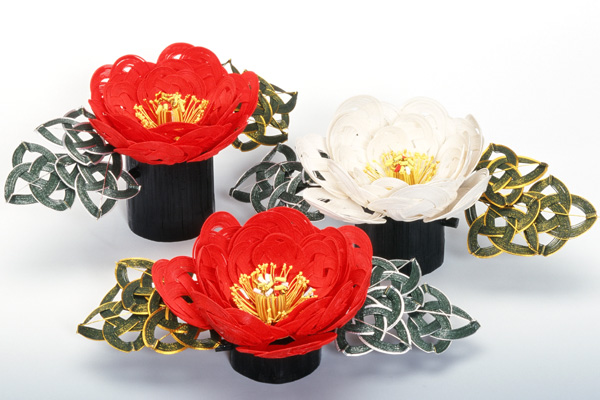
5 Traditional Handicrafts to Buy in Kanazawa
Kanazawa was once the center of culture when it was the Kaga domain during the Edo period, so many traditional handicrafts are made in Kanazawa. The lineup runs from classic items to modern, fun products. Here are 5 traditional crafts that are perfect for souvenirs.
This post may contain affiliate links. If you buy through them, we may earn a commission at no additional cost to you.
1. Kutaniyaki
Kutaniyaki is a traditional craft that has been loved and carefully crafted for more than 360 years. Some of the characteristics are the indigo lines and how it\'s decorated in red, yellow, green, purple, and navy. There are various styles of Kutaniyaki, such as Aokutani which does not use any red. Akae is a type of Kutaniyaki that boasts of great detailing. For Akae, a superfine brush is used to paint detailed, deep red art all over the piece. It isn\'t exaggerating to say that the elaborate, tense beauty of Akae is a traditional craft unique to Japan. If you\'re going to buy Akae Kutani, it\'s recommended that you check out Ishiguro Shouten, which has a wide variety of pieces. Please find the Kutaniyaki that you like best.

2. Kanazawa Lacquerware
Kanazawa lacquerware is a traditional craft that was born from the mix of elegant, noble culture with the strong culture of samurai in the Kanazawa area. One of the characteristics of this lacquerware is the dynamic decorations preferred by samurai called Kaga makie. Kaga makie is a technique made by sprinkling gold and silver powder on the lacquer before it has dried. If you\'re going to buy Kanazawa lacquerware, head to Nosaku, which has been in business since 1780. Why not search for your perfect piece of Kanazawa lacquerware in this shop, which offers more than 13 pieces to choose from?
*Photo is for illustration purposes.

3. Kaga Temari
Kaga temari is characterized by the colorful geometric patterns on it. In the past it was beloved as a toy by Kanazawa children, but in fact they are filled with the feelings of parents towards their daughters. Kaga temari is said to have started in 1601, when the Kaga daimyo (feudal lord) married Tamahime when she was just 3 years old and she brought one to Kanazawa. This began the custom of a daughter bringing Kaga temari with her to her marriage home in the hopes that she will be happy in her new life. For people who want to buy cute Kaga temari filled with feelings from a parent to their daughter as a souvenir, definitely check out the selection at Kaga Temari Mariya.

4. Kaga Mizuhiki
Kaga mizuhiki is a rare Kanazawa traditional craft that started in 1917. This traditional craft is currently made by the 4th and 5th generations of Tsuda Mizuhikiori. Mizuhiki is decorative cord made from twisted paper, and it was originally used as a flat decoration on gifts and envelopes given by guests to organizers of special events like weddings. The founder of Tsuda Mizuhikiori, Soukichi Tsuda, made it 3D and now it is used for many purposes like objet d\'art and hair ornaments. The only place where you can find a wide line-up of Tsuda mizuhiki is Kaga Mizuhiki Tsuda. If you\'re interested, why not stop by?

5. Gold Leaf
Kanazawa creates more than 98% of the gold leaf in Japan. Kanazawa is an area with so much rain that there\'s a saying that goes "even if you forget your lunch, don\'t forget your umbrella." Because of that, the humidity is high, which makes it a great place to create gold leaf since it does not do well in dry conditions. In Kanazawa, there is a shop called Hakuichi that has a wide variety of items decorated with gold leaf. They offer not just the usual pottery but also items like golf balls, champagne glasses, marshmallows, and more. You\'ll feel as though you entered a gold leaf museum. If you go to Kanazawa, please stop by Hakuichi to learn about the Kanazawa gold leaf culture as you shop.

If you go to Kanazawa, you should definitely pick up some traditional craft products that you can only find there. Please search for the perfect piece to bring some brilliance to your life!
The information in this article is accurate at the time of publication.




